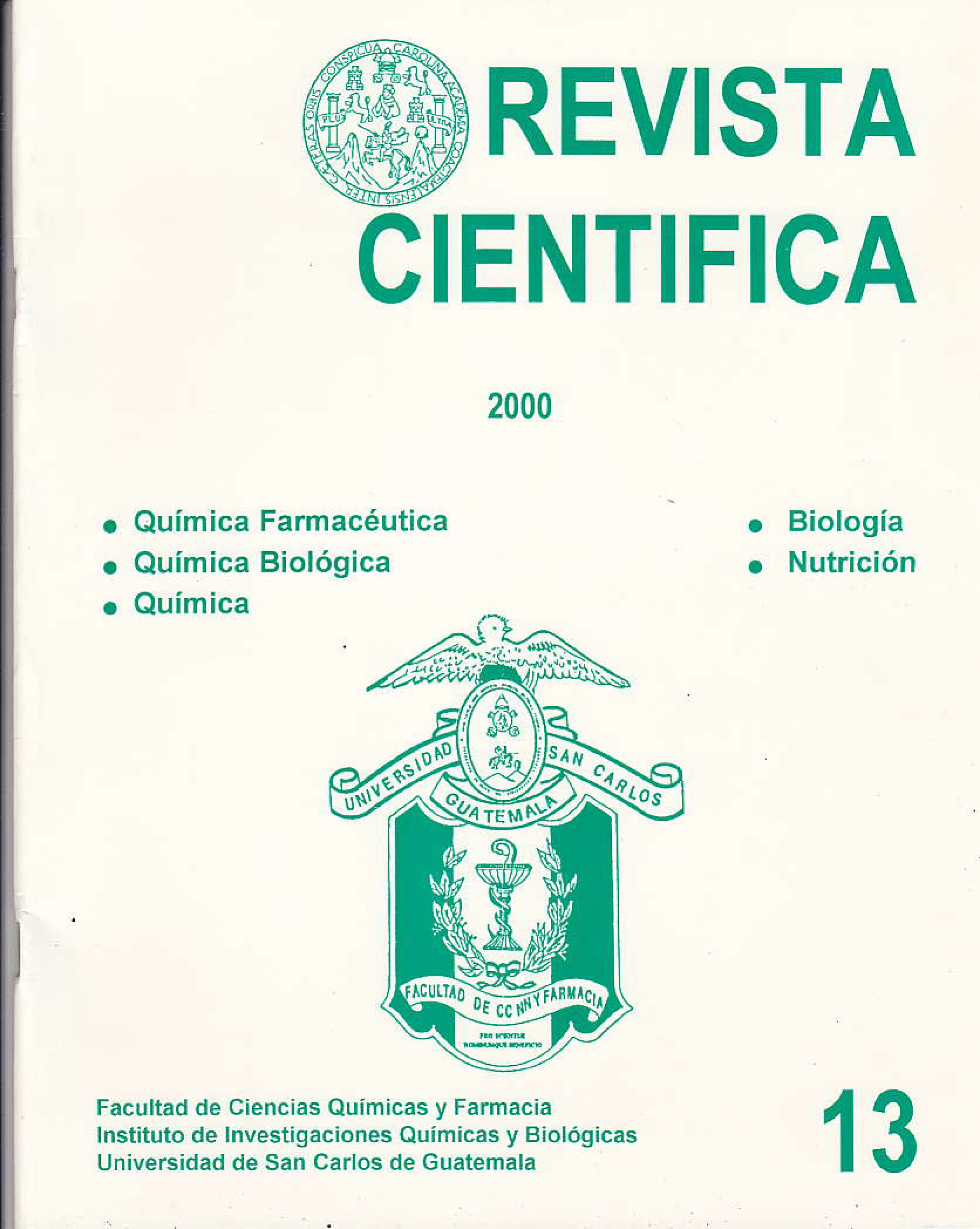Analytical interferences in biochemical tests in the clinical laboratory
DOI:
https://doi.org/10.54495/Rev.Cientifica.v13i1.336Keywords:
analytical interferences, biochemical tests, clinical laboratoryAbstract
Analytical interference is defined as the effect that medications and/or their metabolites, chemical compounds or physical factors have on any of the stages of the analytical determination of any component of clinical interest, producing measurable changes in the component analyzed during the test (2). One of the most important problems that occurs in the clinical laboratory are the "abnormal" results obtained in the samples of some patients and that cannot be correlated with the medical criteria. Undoubtedly, this causes confusion and lack of reliability in the treating physician towards the laboratory, this leads to a delay in an adequate diagnosis and prolongs the treatment and therapeutic control of the patient. When these patients are referred to another laboratory or laboratories, it is likely that the results will be inconsistent with the first and that they will not coincide with the clinic. Therefore, the physician's distrust towards both laboratories is consolidated, making him think that the abnormal results are due to errors caused by a lack of quality control. The situation presented here makes it important to implement quality assurance programs in laboratories, so that unexpected results caused by interference can be quickly detected.Downloads
References
D. S., Young Effects of Drugs on Clinical Laboratory tests. Am Ass Clin Chem. Washington, D.C., U.S.A., 1990.
Gallteau MM, Síest G. Drug Effects in clinical chemistry. Part I. Guidelines for Evaluation of Analytic Interference. Clin Chem 1984; (Acta 139):223 F.
Martin H. Kroll M, Rüdel DW, Clank Rj, Ellin A. Model for assesment of interference. Clin chem 1987;33:1121, https://doi.org/10.1093/clinchem/33.7.1121
Kroll Mh., Roach Na., Brent P, Elin RJ. Mechanism of Interference with the Jaffé reaction for Creatinine. Clin chem 1987;33:1129.
Bruce CS, Lees H, Li PK Mechanism of Interference by hemoglobin in the determination of total bilirrubin. I Method of Malloy Evelyn.Clin Chem 1980;26:22, https://doi.org/10.1093/clinchem/26.1.0022
Bruce CS, Lees H, Li P K Mechanism of Interference by hemoglobin in the determination of total bilirrubin. I Method of Jendrassik Grof. clin Chem 1980; 26:26, https://doi.org/10.1093/clinchem/26.1.26
Caraway WT. Chemical a n d Diagnostic Specifity of Laboratory test.Effects of hemolysis, lipemia, anticoagulants medications, con-taminants and other variables, Amer J of Clin Pathol. 1962;37:45,
Després N Grant am. Antibody interference in tyroid assays. A potential for clinical misinformation. Clin Chem 1998; 44:3: 440-454, https://doi.org/10.1093/clinchem/44.3.440
Kohse KP, Wieser H. Antibodies as a source of analytical errors. J Clin Chem Clin Biochem 1990;28:881-92.
Sakata S et al. Autoantibodies against thyroid hormones or iodothyronina (Review). Ann intern Med 1985;103:579-89, https://doi.org/10.7326/0003-4819-103-4-579
Downloads
Published
How to Cite
Issue
Section
License
Copyright (c) 2000 Alba Marina Valdés de García

This work is licensed under a Creative Commons Attribution 4.0 International License.
Authors who publish with this journal agree to the following terms:
- Authors retain copyright and grant the journal right of first publication with the work simultaneously licensed under a Creative Commons Attribution License 4.0 that allows others to share the work with an acknowledgement of the work's authorship and initial publication in this journal.
- Authors are able to enter into separate, additional contractual arrangements for the non-exclusive distribution of the journal's published version of the work (e.g., post it to an institutional repository or publish it in a book), with an acknowledgement of its initial publication in this journal.
- Authors are permitted and encouraged to post their work online (e.g., in institutional repositories or on their website) prior to and during the submission process, as it can lead to productive exchanges, as well as earlier and greater citation of published work.









